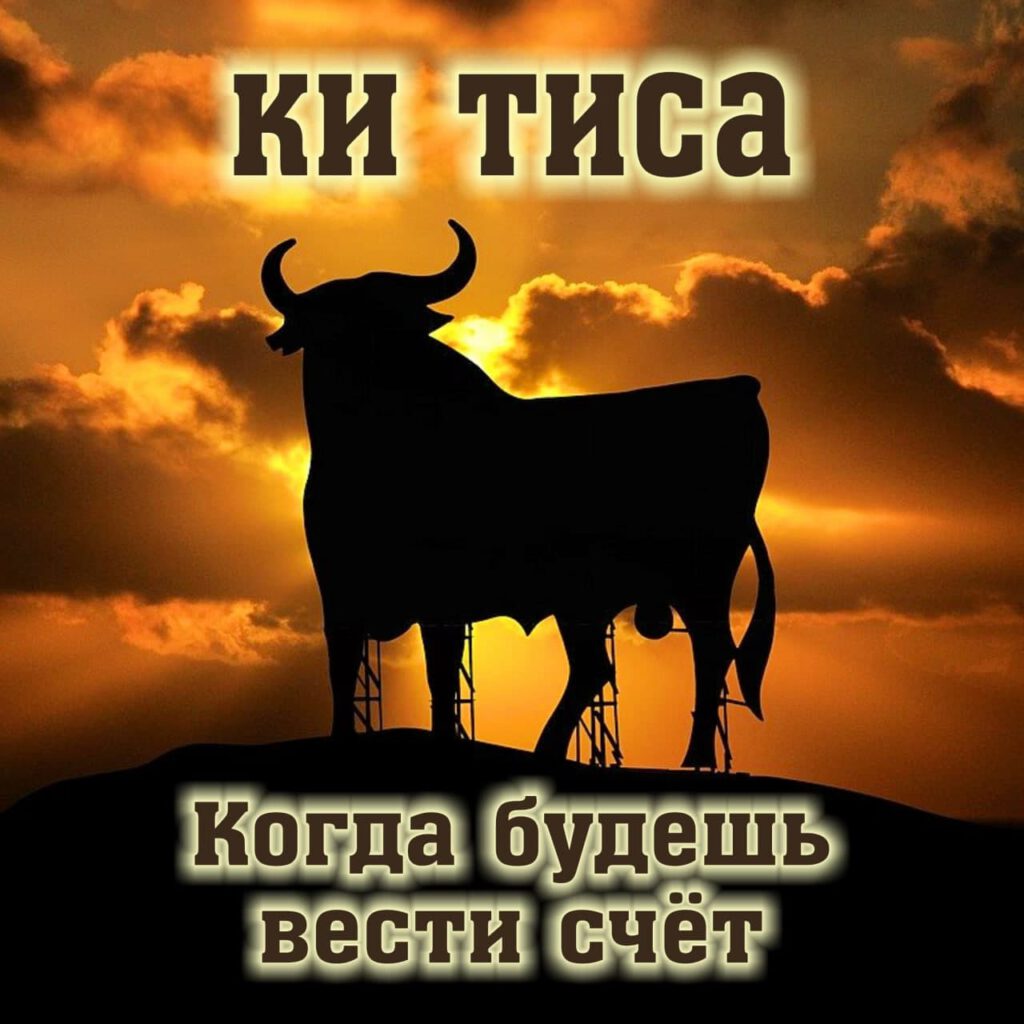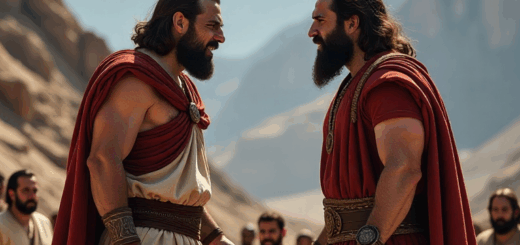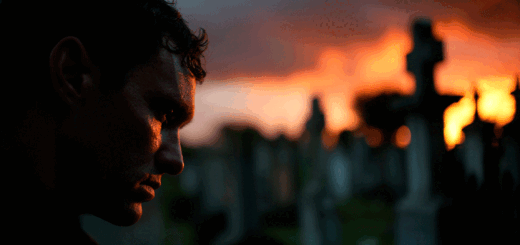Key Points of the Discussion on the Torah Portion “Ki Tisa”

This translation was created with the help of AI and has been reviewed by translator.
Tragedy in Jewish History:
- Moses is on Mount Sinai receiving instructions from God and the Tablets, while the Jews below, feeling his absence, ask Aaron to create an idol. This leads to the creation of the golden calf and pagan celebrations.
Understanding the People’s Intentions:
- The Israelites were not seeking to replace God but rather to replace Moses, whom they viewed as the mediator between God and the people. This highlights their deep perception of Moses as a conduit of the Divine.
Idolatry and the Inner Temple:
- The discussion examines the nature of idolatry: the people sought a physical object, whereas God calls for the creation of a “tabernacle” within themselves. The true call is to sanctify oneself, not idols.
Comparison of the Holy of Holies and the Garden of Eden:
- Both the Holy of Holies and the Garden of Eden represent a place of closeness to God. Shared elements include the Tablets in the Ark representing the Tree of Life, protected by cherubim, and the filling of the Temple with water, akin to the flow within the Garden.
Service and Holiness:
- Adam was created as a priest to serve God in Eden. Every person is called to holiness and interaction with the Holy God, which results in harmony in the world.
Harmony with Living Beings:
- In Eden, there was no violence; with sin, this state was lost. However, human righteousness can restore this harmony. Talmudic examples illustrate how holiness can protect a person from evil beings.
Path to Inner Holiness:
- Moses faced the temptation to create a new covenant with the people, to understand and fill his tabernacle, so as not to remain empty. This reflects the call to every believer to strive for the fullness of God’s presence.
Covenant and Humanity:
- The covenant made with Adam is restored in Yeshua, who is the new Adam. This covenant includes all nations, inviting them to serve.
Conclusion:
The Torah portion “Ki Tisa” provides a profound understanding of human nature, our relationship with the Divine, and the call to inner spiritual building. The story of the golden calf serves as a reminder of the importance of focusing on God and true holiness within oneself, rather than on external idols. Through service and holiness, each person can restore their connection with the Holy God.








